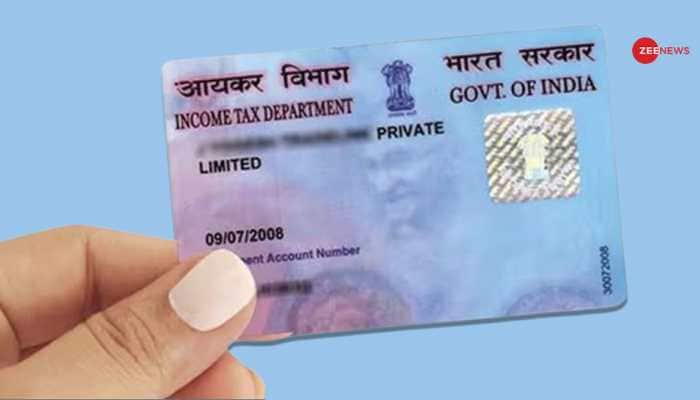EPFO Introduces New Rules For Cheque Leaf And Bank Passbook Uploads: Here’s All You Need To Know
To verify claims EPFO uses verification methods instead of requiring a validated bank passbook or cheque leaf image.
Trending Photos
) File Photo
File Photo New Delhi: The Employees Provident Fund Organization (EPFO) has announced a change in the requirements for uploading a validated bank passbook image or cheque leaf while filing certain claims online.
How does EPFO verify claims?
To verify claims EPFO uses verification methods instead of requiring a validated bank passbook or cheque leaf image. These methods include:
- Online Bank KYC Verification: The EPFO checks your bank's or the National Payments Corporation of India's (NPCI) KYC details directly. (Also Read: RBI Moves 100 Tonnes Of Gold From UK Vaults For First Time Since 1991)
- Employer Verification via DSC: Your employer can verify your bank account details using a Digital Signature Certificate (DSC). (Also Read: SEBI Bans THESE 5 Entities From Securities Markets For 3 Years: Check List)
- Aadhaar Number Verification: The EPFO validates your bank account's Aadhaar number with the UIDAI (Unique Identification Authority of India).
This change will speed up the online claim settlement process and reduce the number of rejected claims due to missing images of attested bank passbooks or cheque leaves.
As stated in the EPFO circular from May 28, 2024 “With a view to facilitate the speedy settlement of claims filed online and to reduce the rejection of claims due to the reason of non-uploading of the image of cheque leaf/ attested bank passbook while filing claims online, it has been decided with the approval of the CPFC to relax the requirement of mandatory uploading of the image of cheque leaf/ attested bank passbook for certain eligible cases based on certain validations which include Online Verification of the Bank KYC by concerned Bank/NPCI, Verification of Bank KYC by the employer using DSC, Seeded Aadhaar Number verified by UIDAI among others."
Has EPFO specified eligibility criteria?
They might not have detailed the eligibility criteria. Here are some possible scenarios:
Validated Bank Data: If your bank details have already been verified through KYC or another method you might not need to submit any additional documentation.
Claim Amount: The relaxed requirements might apply to claims below a certain amount.
For an EPF claim, the ideal supporting document is an original, cancelled check that clearly shows your name, bank account number and IFSC code. This document confirms your bank account details and ensured your claims are settled.
How to Submit an Online EPF Claim
You can file an online claim through the EPFO member site. Here’s a general guideline but you must always check the official EPFO website for the latest updates:
Eligibility Requirements:
- You must have a valid Universal Account Number (UAN) and be a registered member.
- Your Aadhaar number, bank account number and other Know Your Customer (KYC) details need to be seeded and validated in your UAN account.
Here’s how you can file an online claim with EPFO:
- Visit the EPFO Member Portal: Go to https://unifiedportal-mem.epfindia.gov.in/ and log in using your UAN and password.
- Navigate to the Claim Section: Once logged in, find the "Claim" section in the member portal.
- Select Claim Type: Choose the type of claim you want to submit, such as pension or full settlement.
- Verify KYC Information: Your KYC details should be pre-filled based on the data you submitted. Make sure these details are accurate, and update if necessary.
- Online Verification: Instead of uploading documents, online verification methods may be used based on the circumstances and recent relaxations.
- Upload Documents if Required: In some cases, you may still need to upload scanned copies of documents, such as a canceled check or an attested bank passbook copy. Refer to the EPFO website for the latest document requirements.
- Submit the Claim: After verifying all information, submit your claim application.
- Track Claim Progress: You can monitor the progress of your claim application through the portal.
Stay informed on all the latest news, real-time breaking news updates, and follow all the important headlines in india news and world News on Zee News.
Live Tv







)
)
)
)
)
)
)
)
)
)
